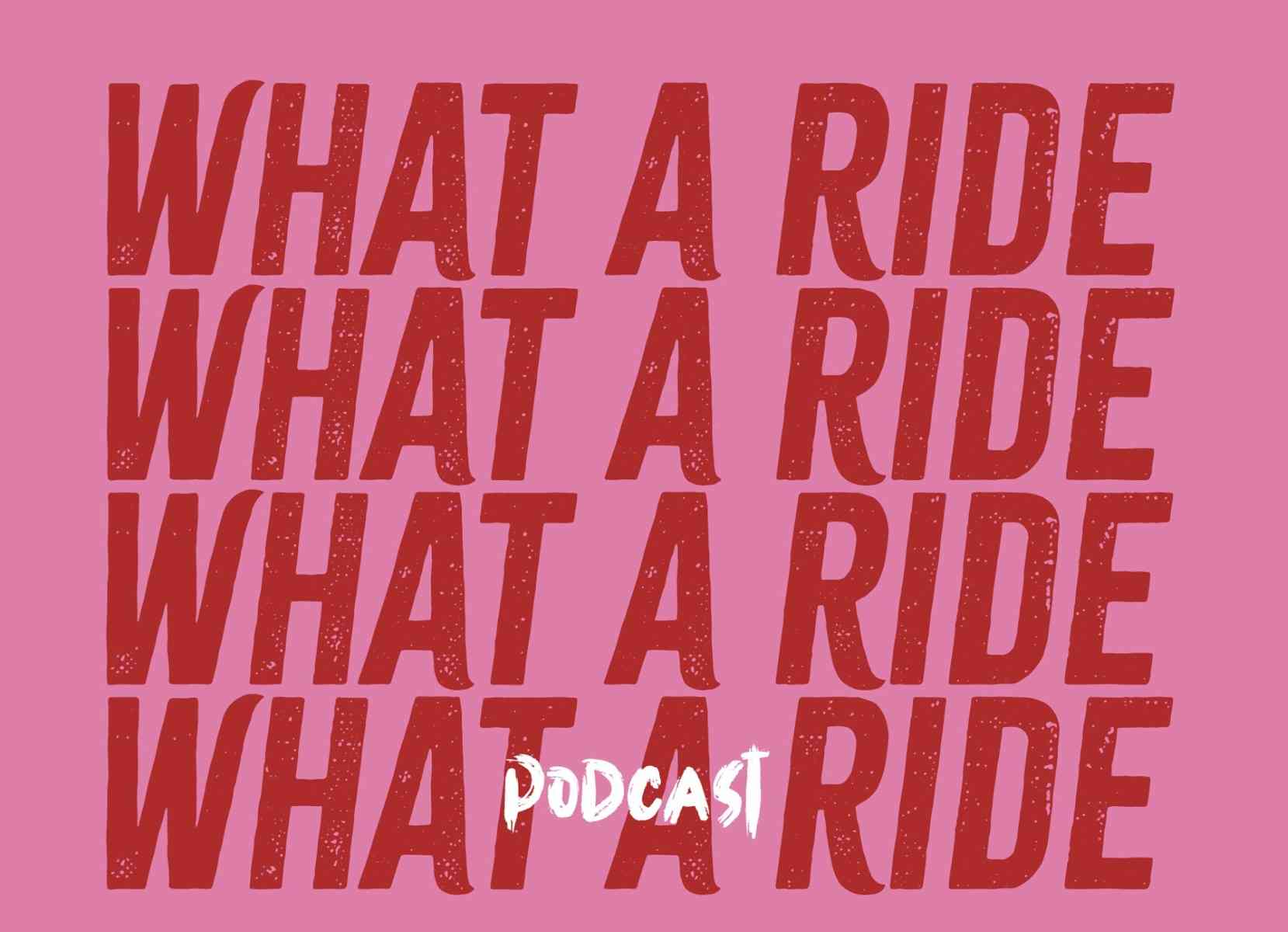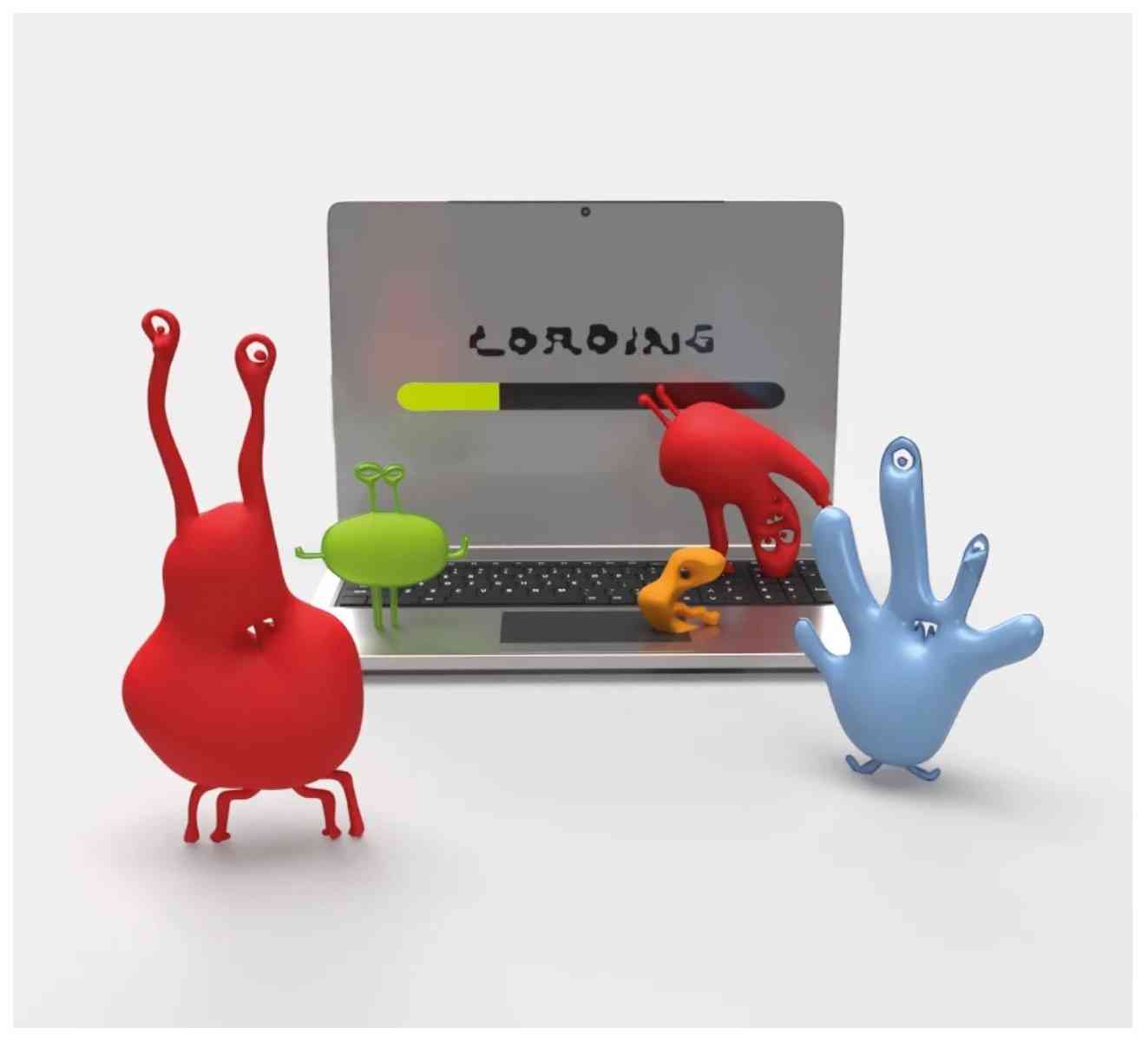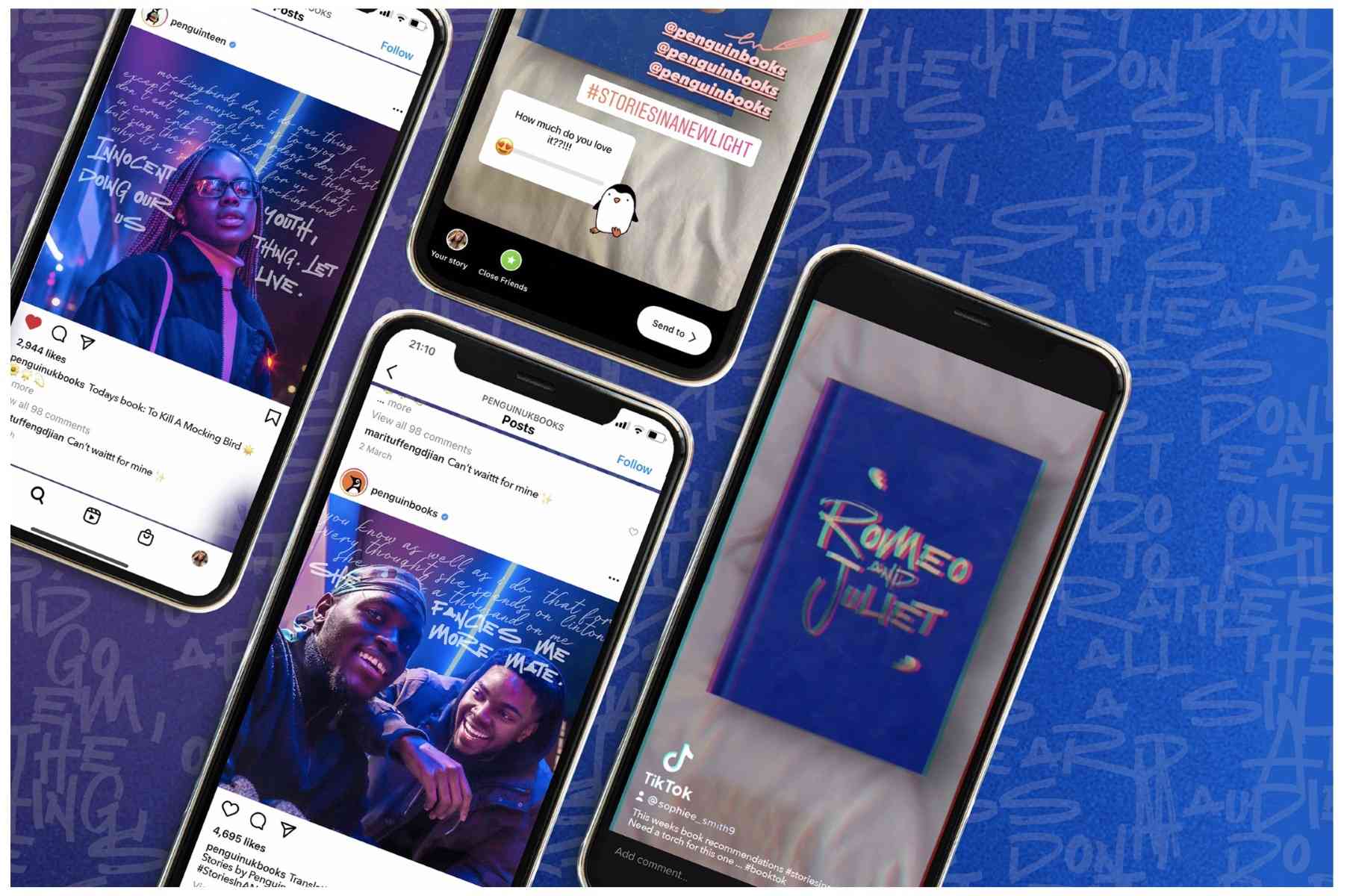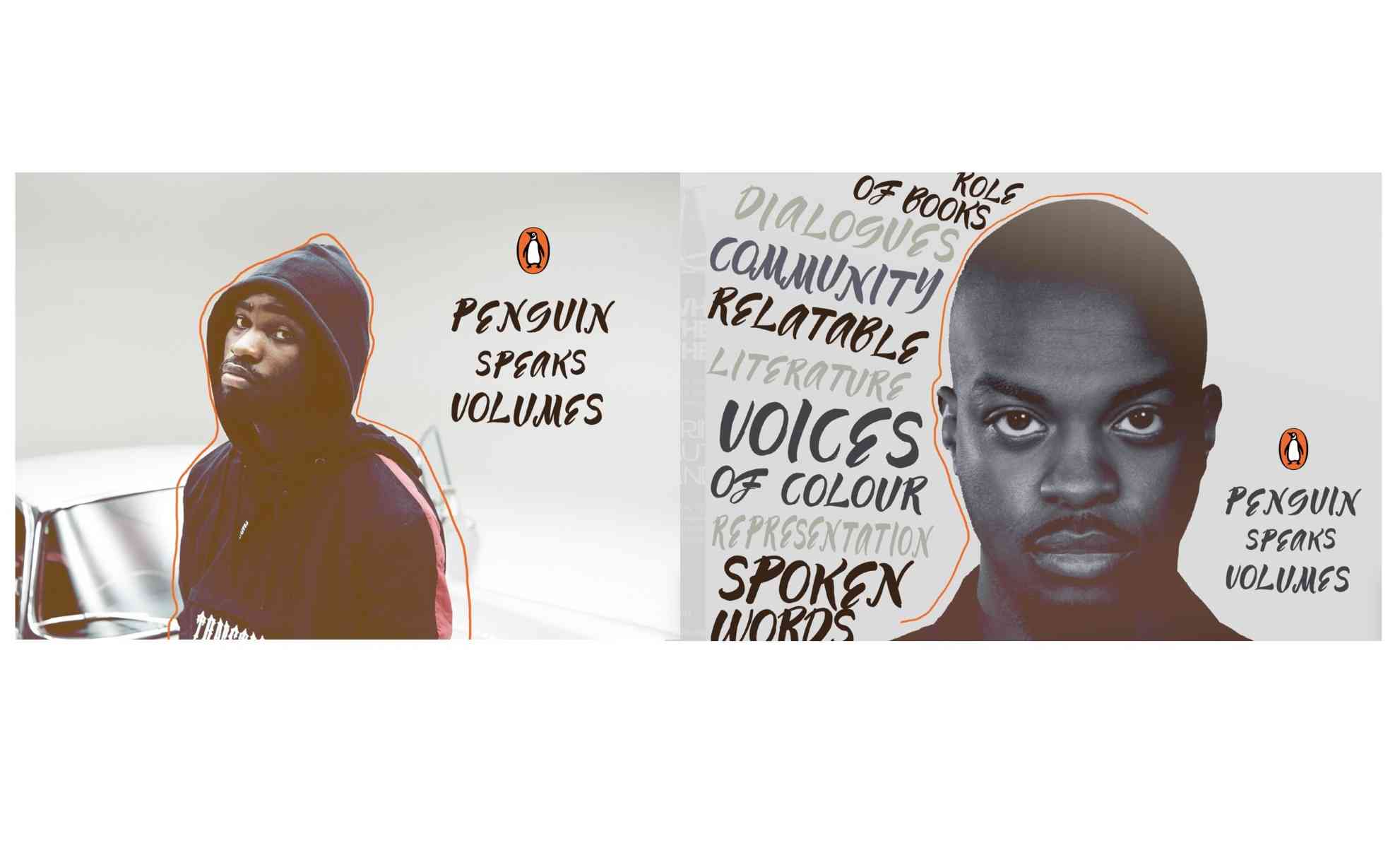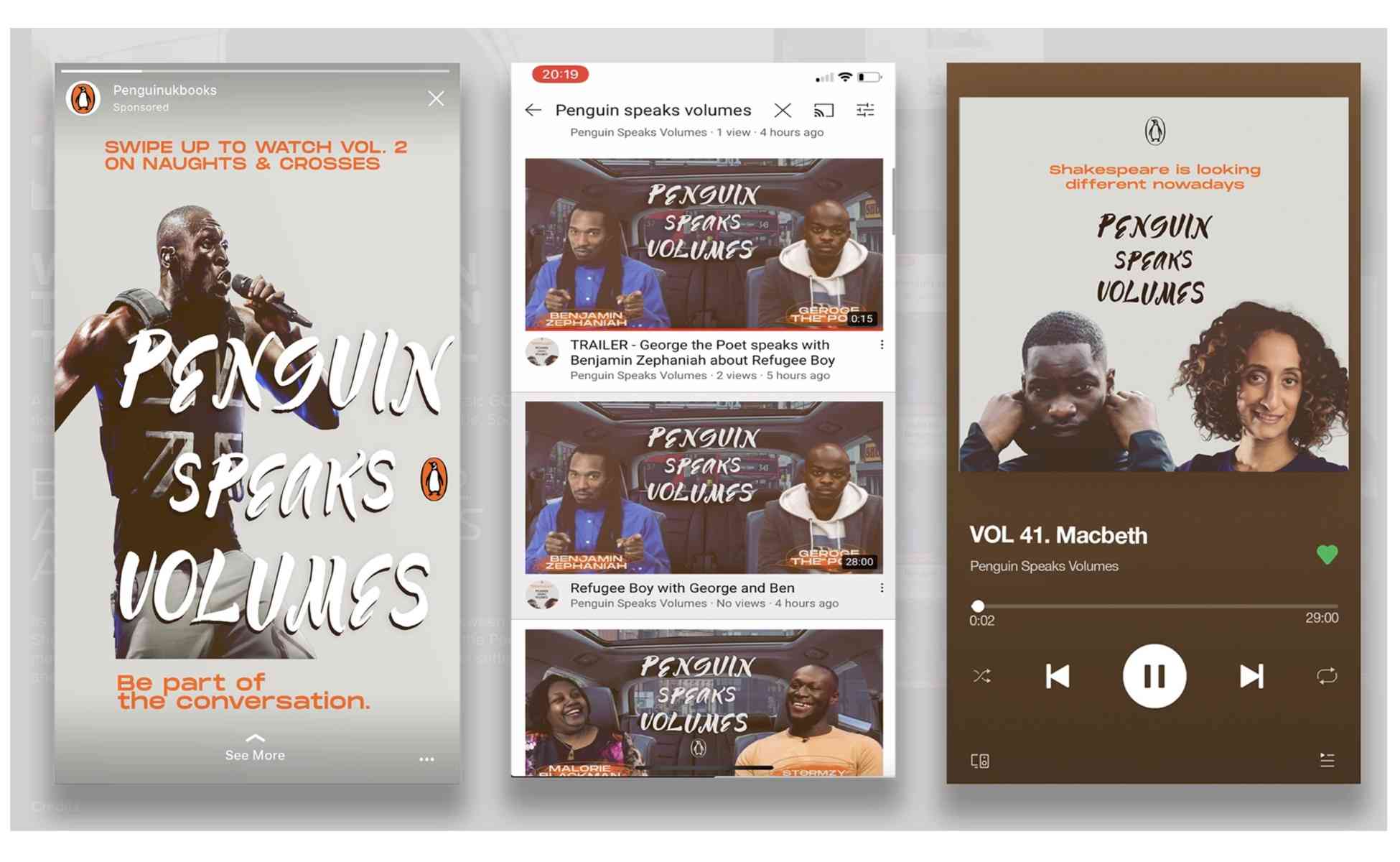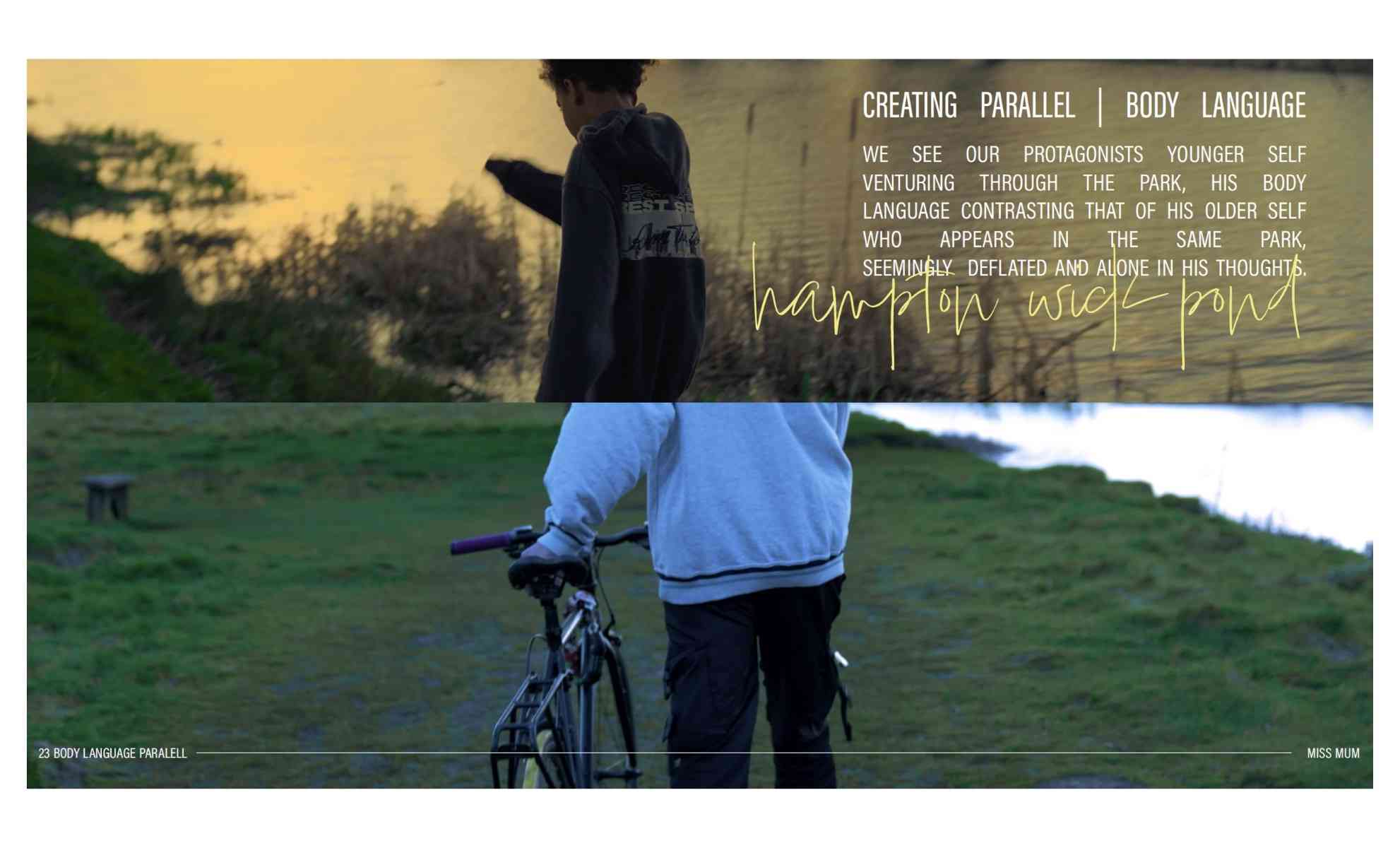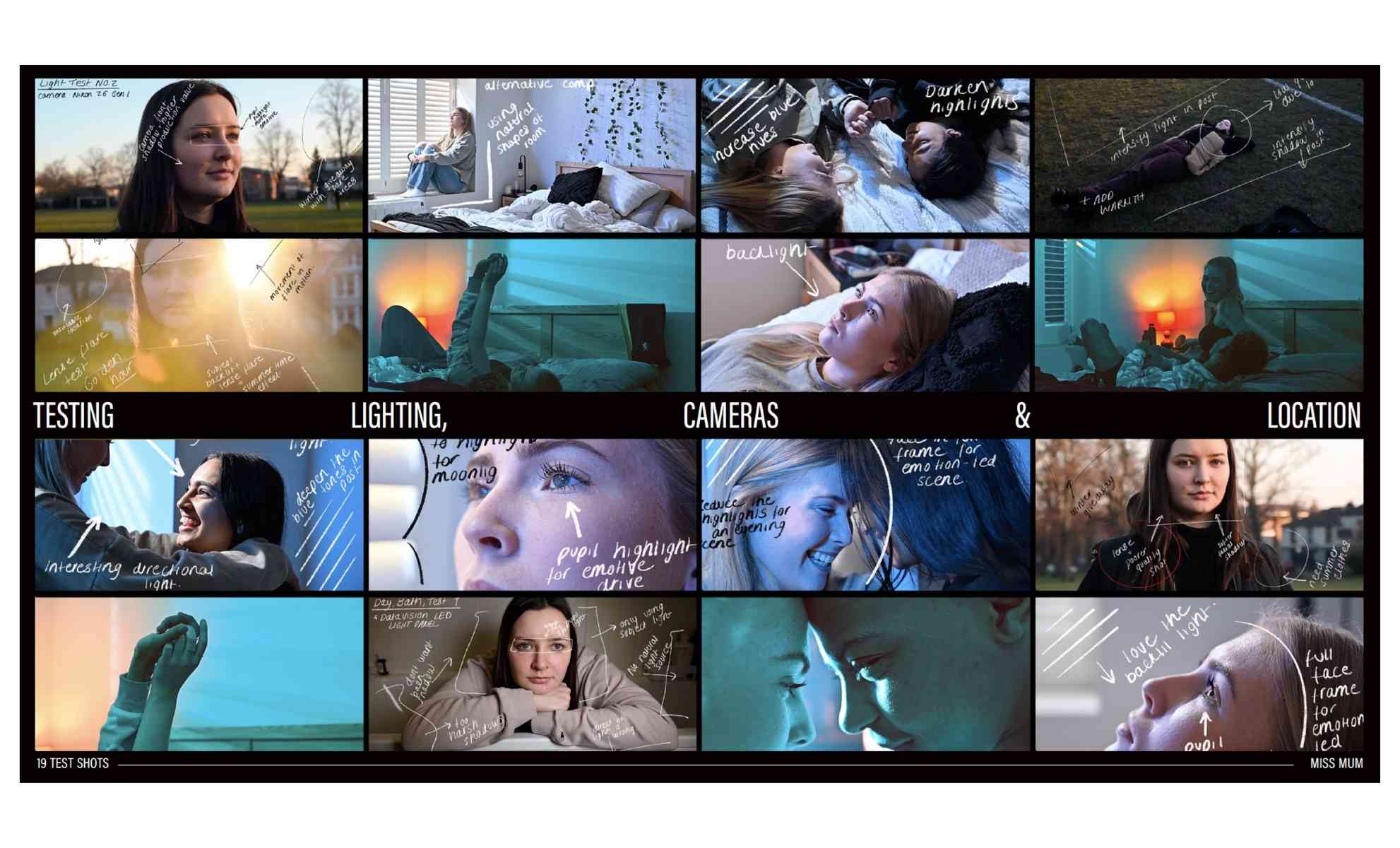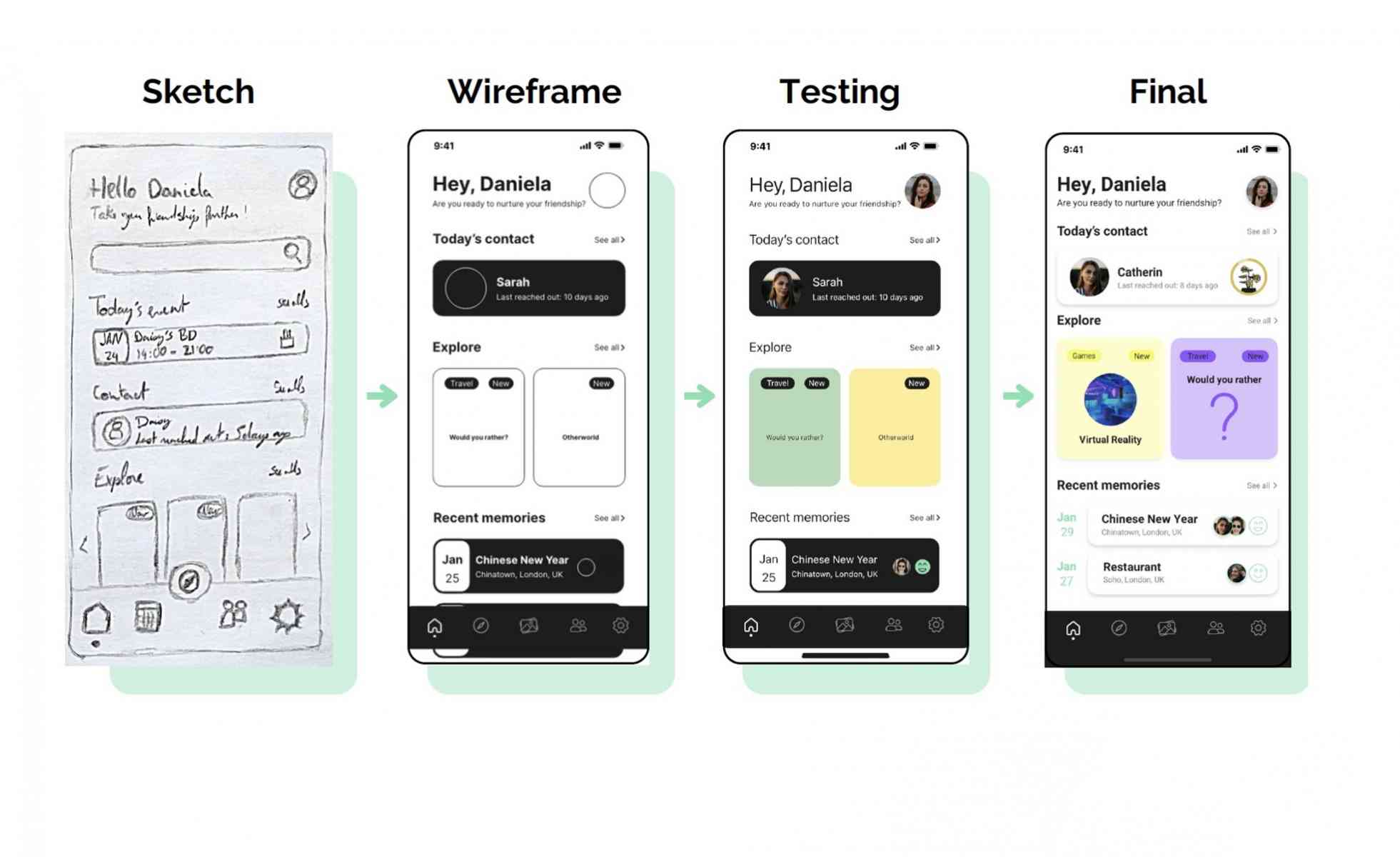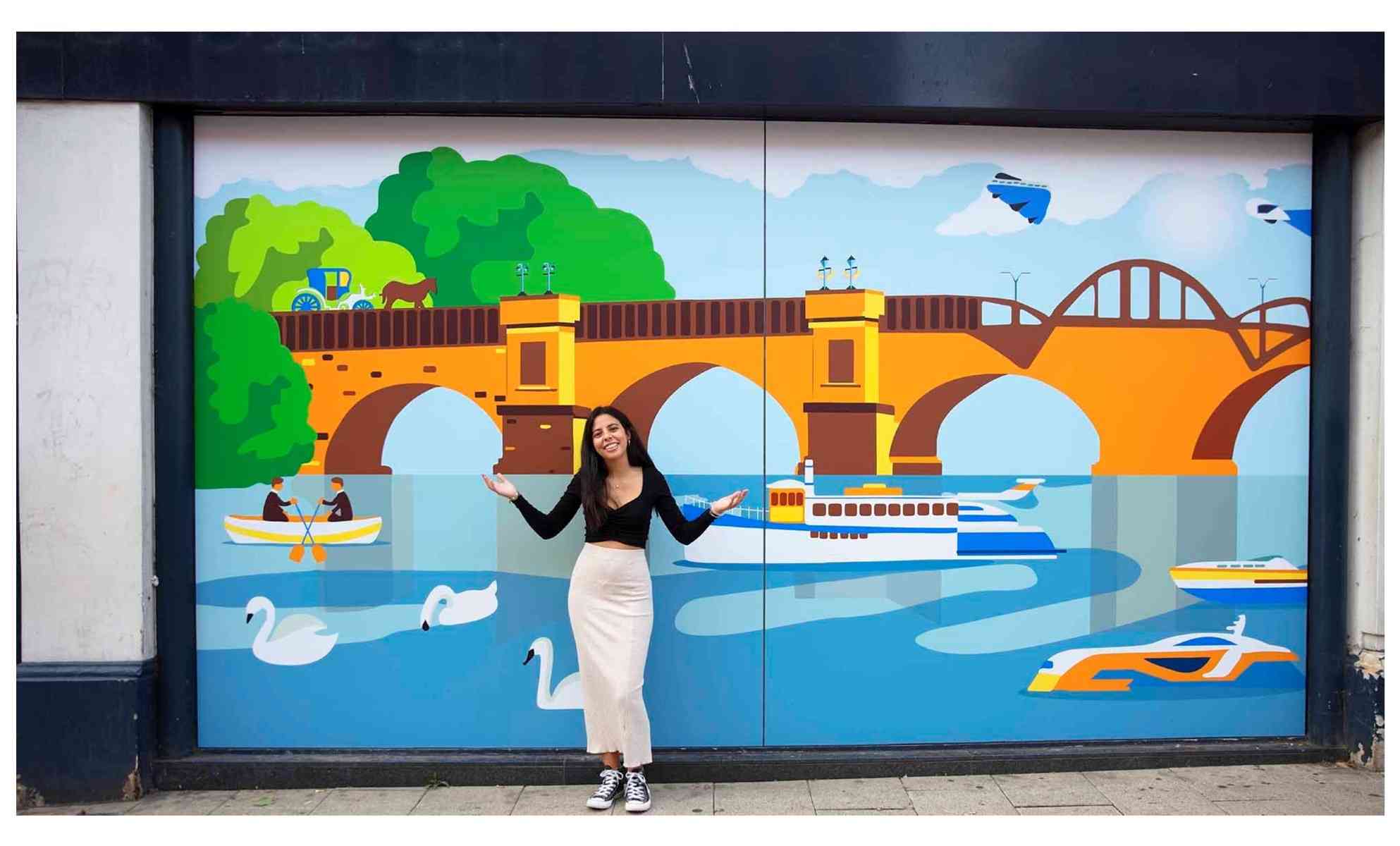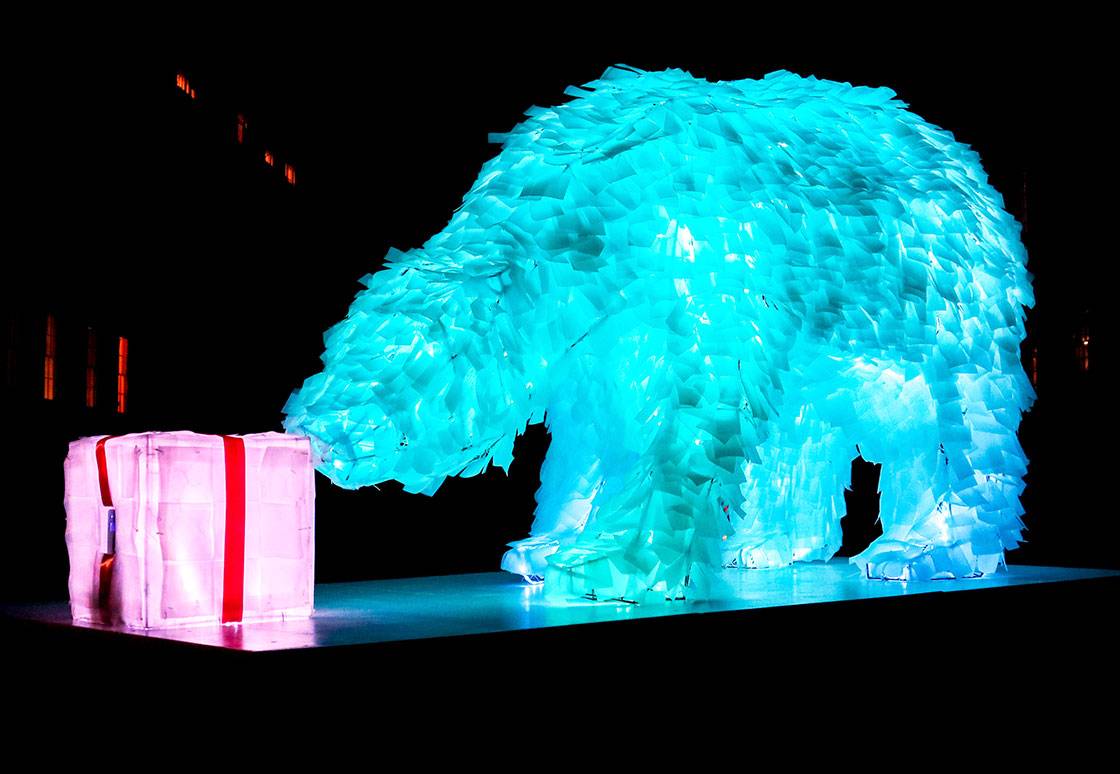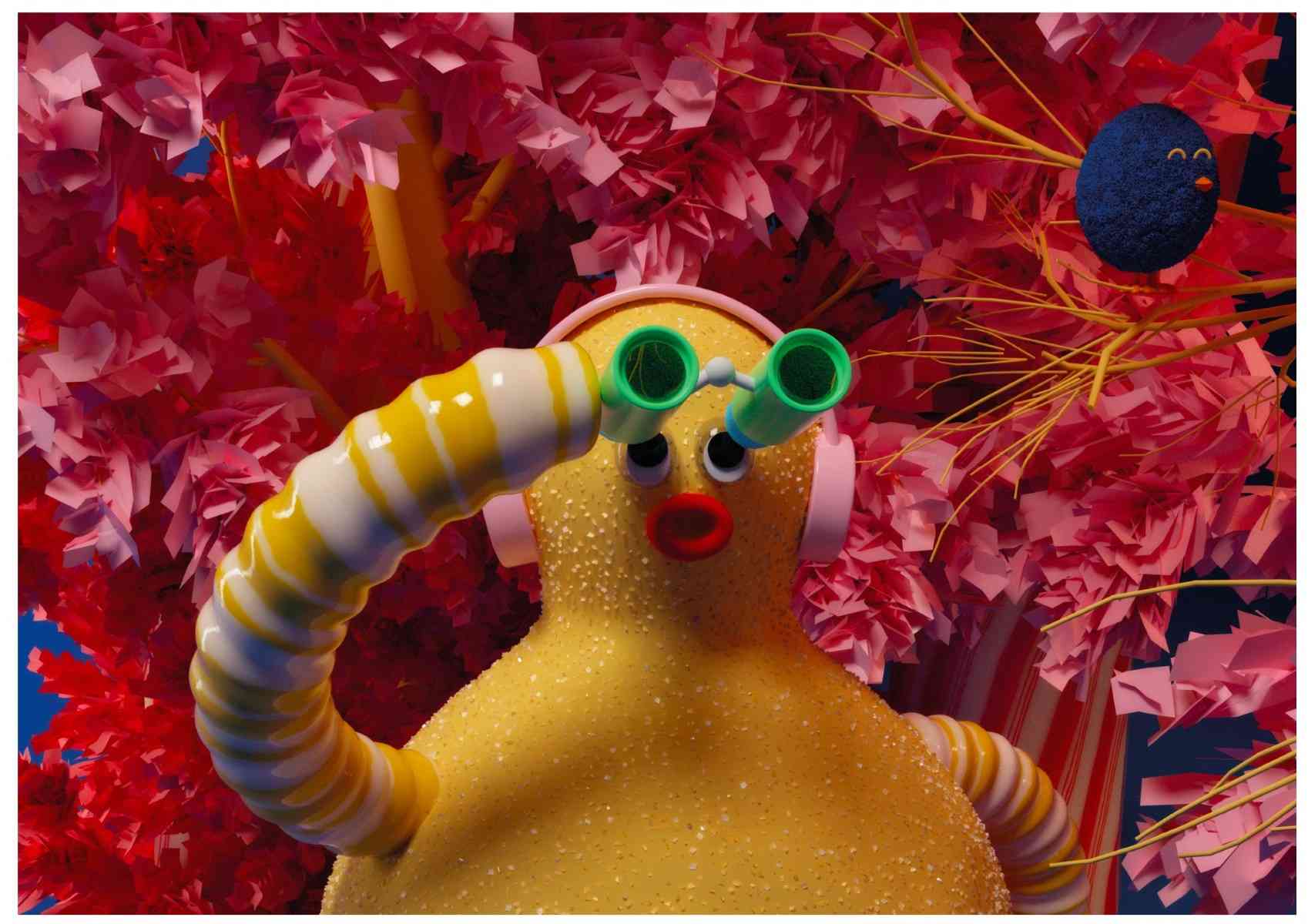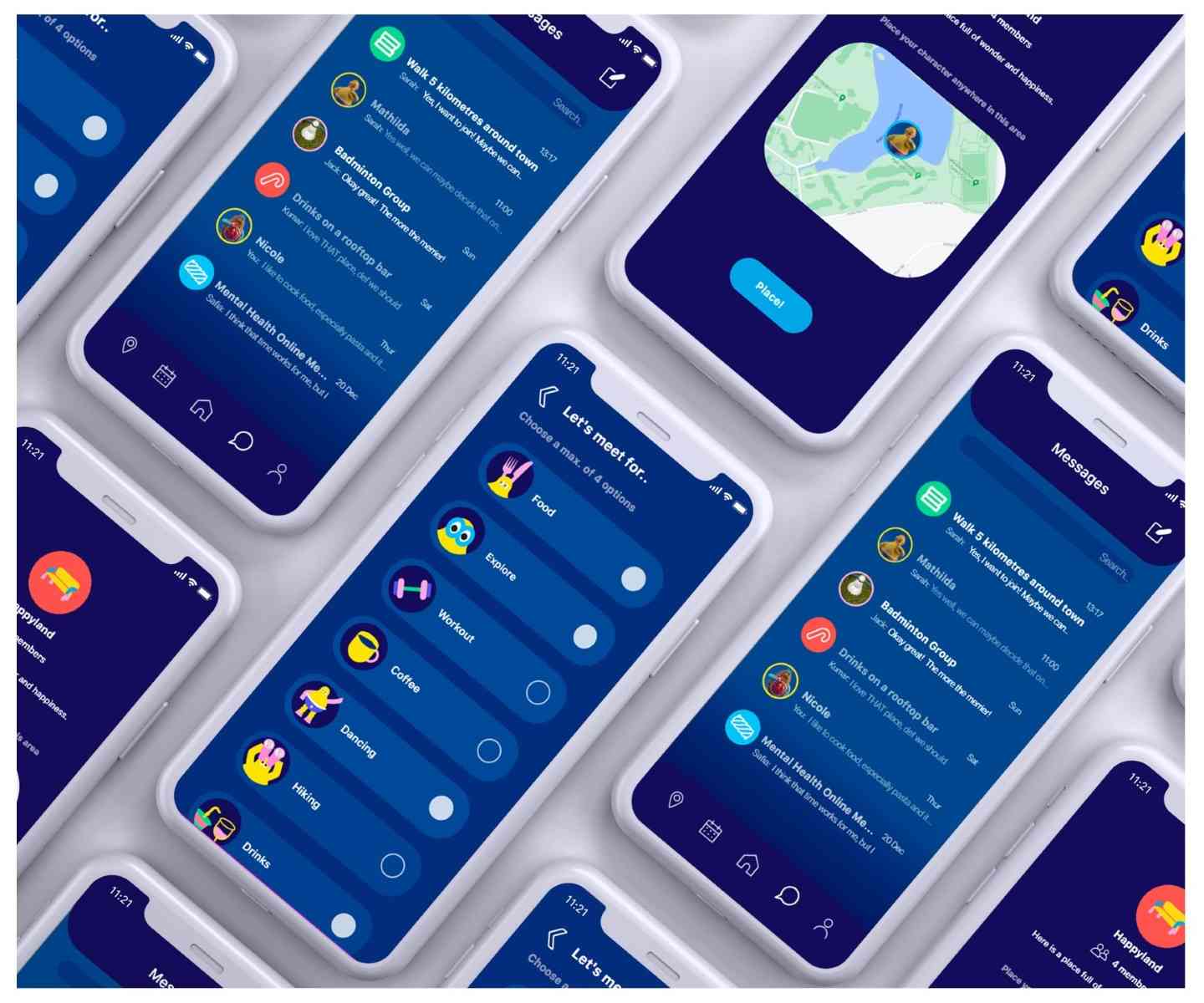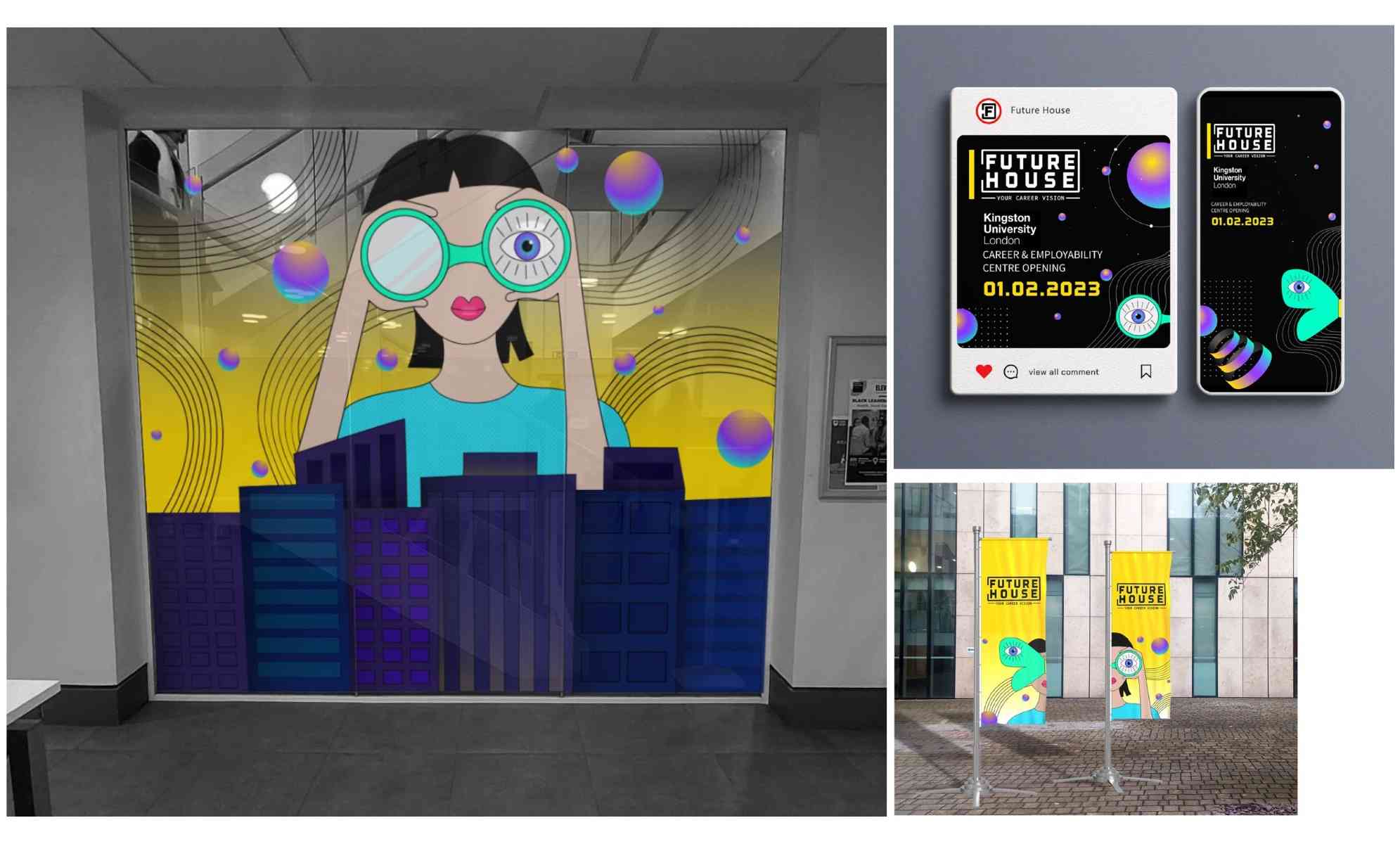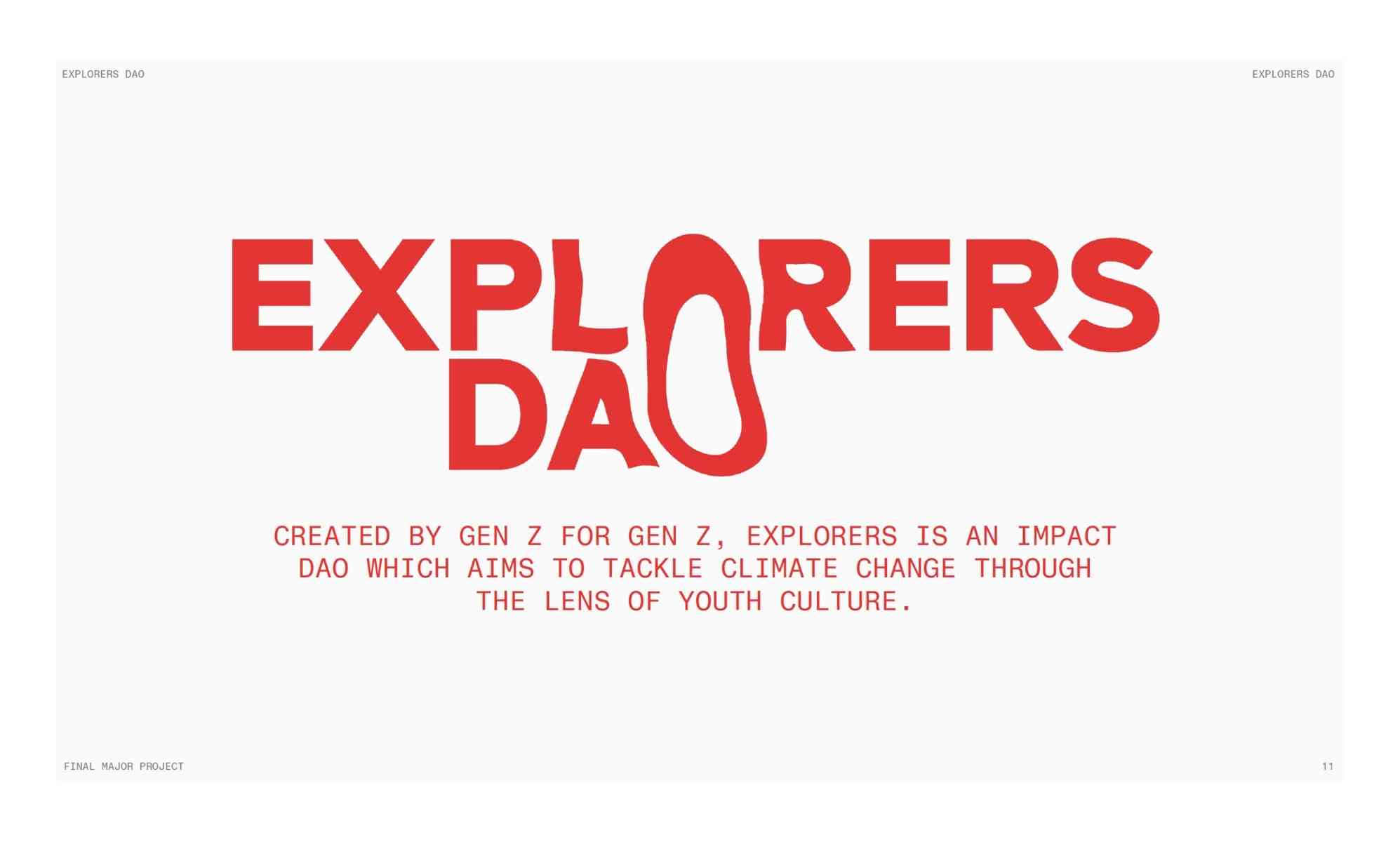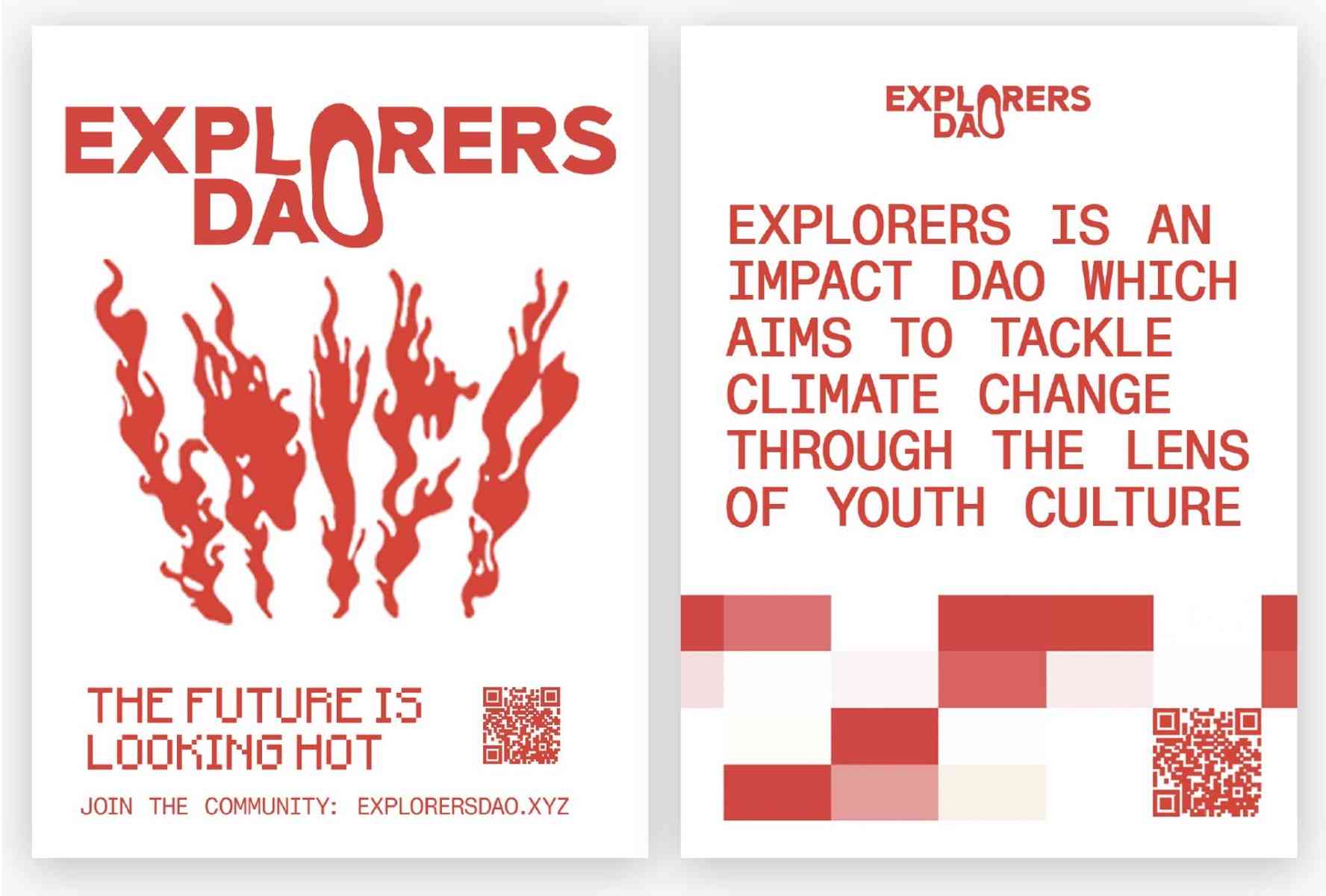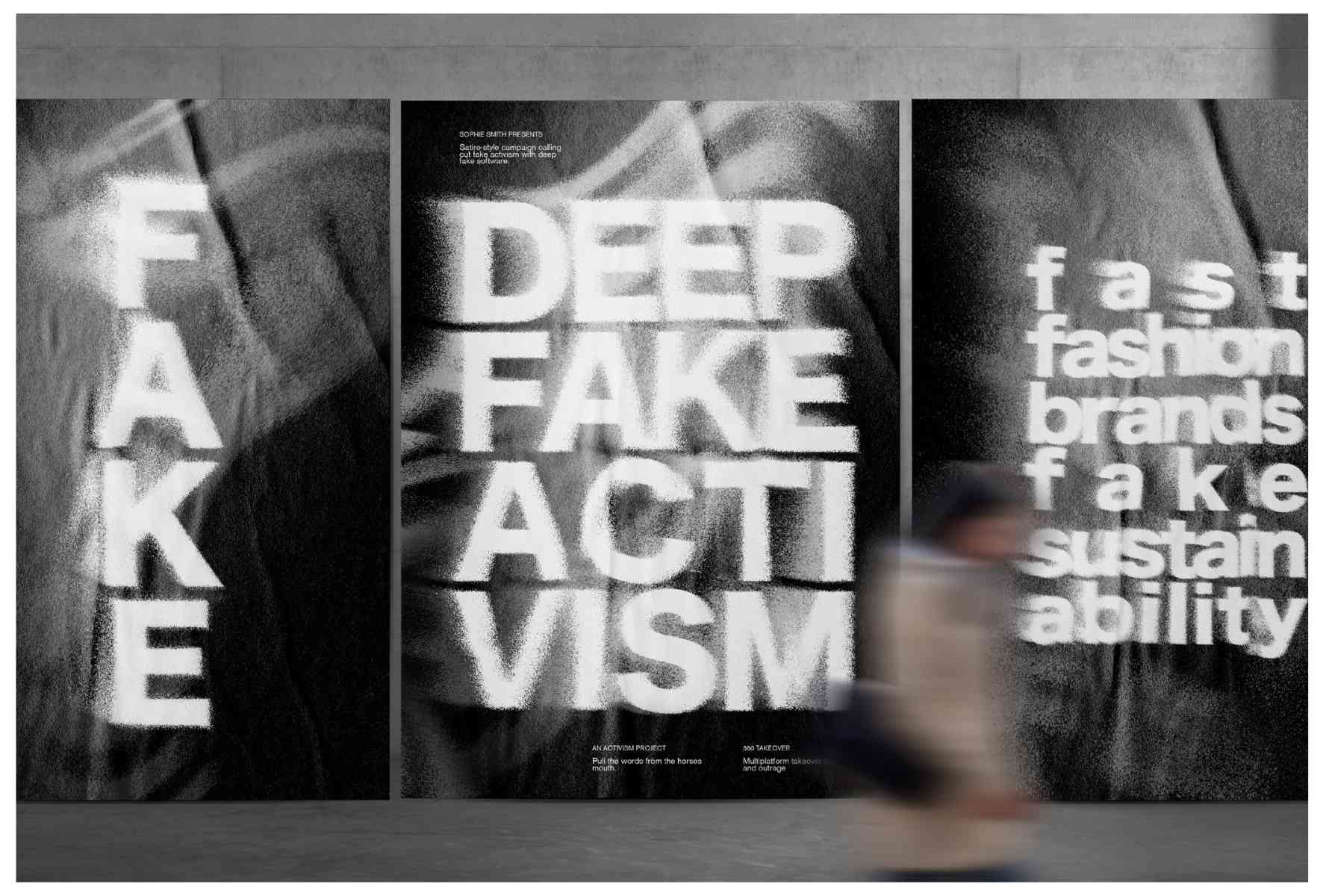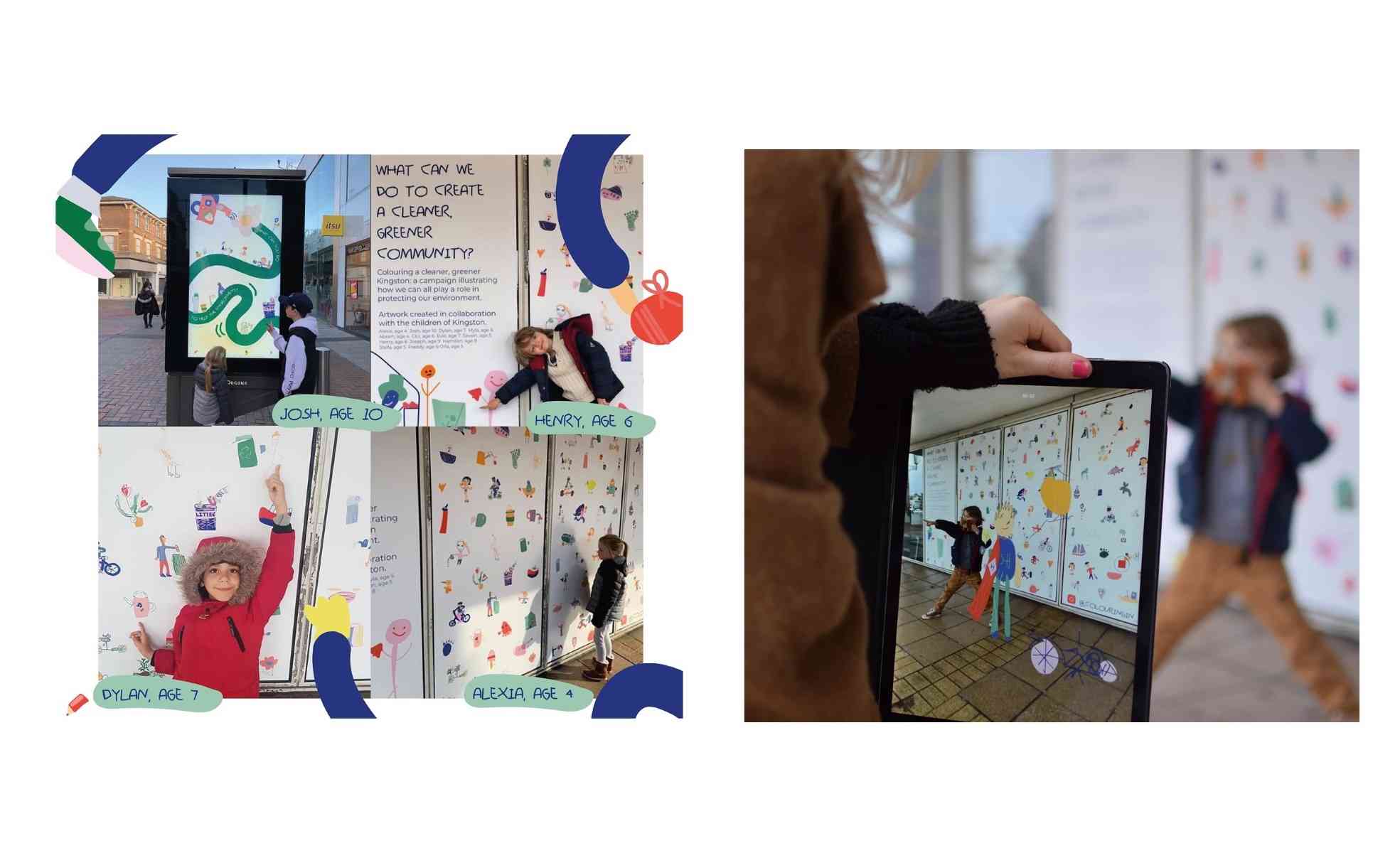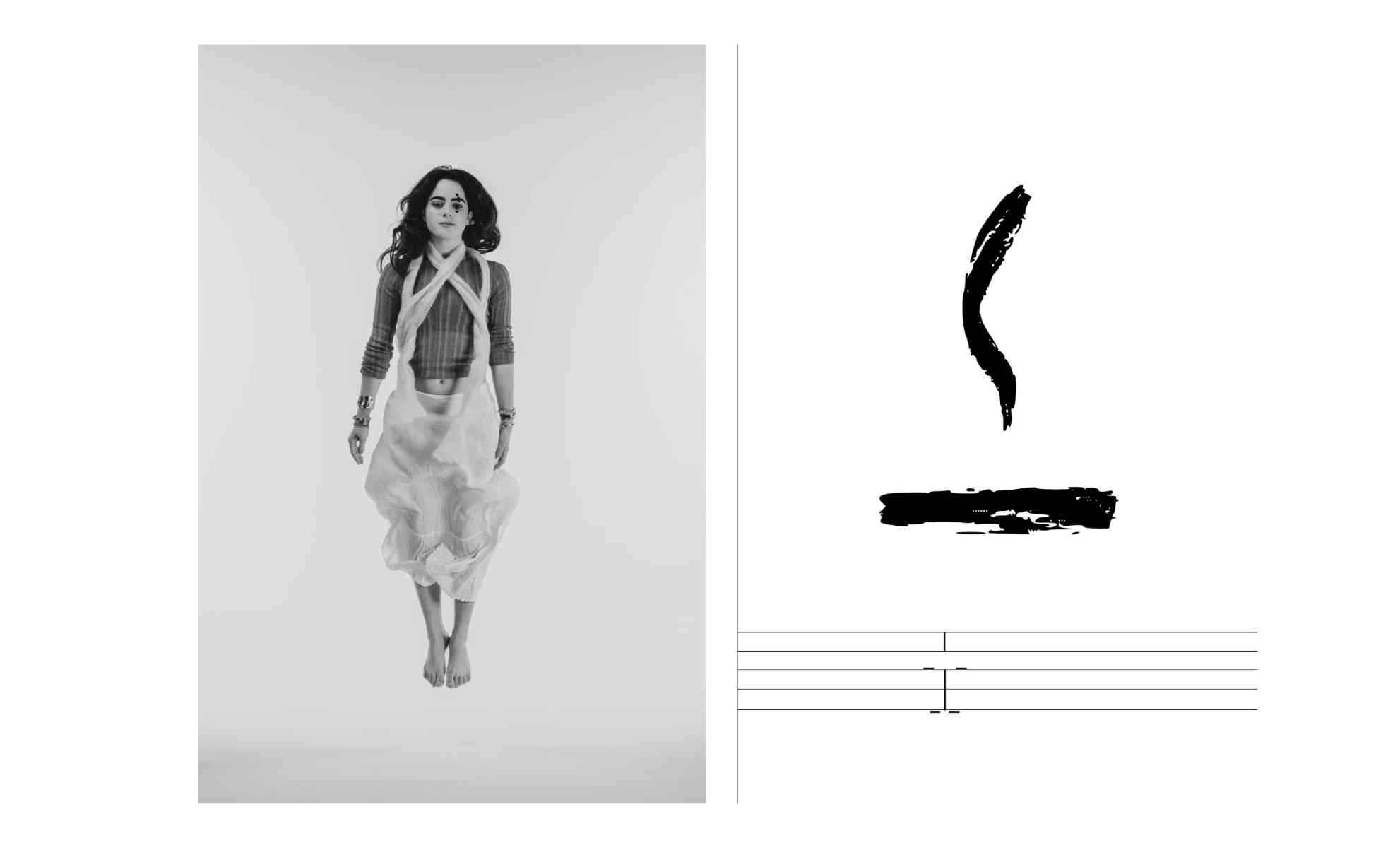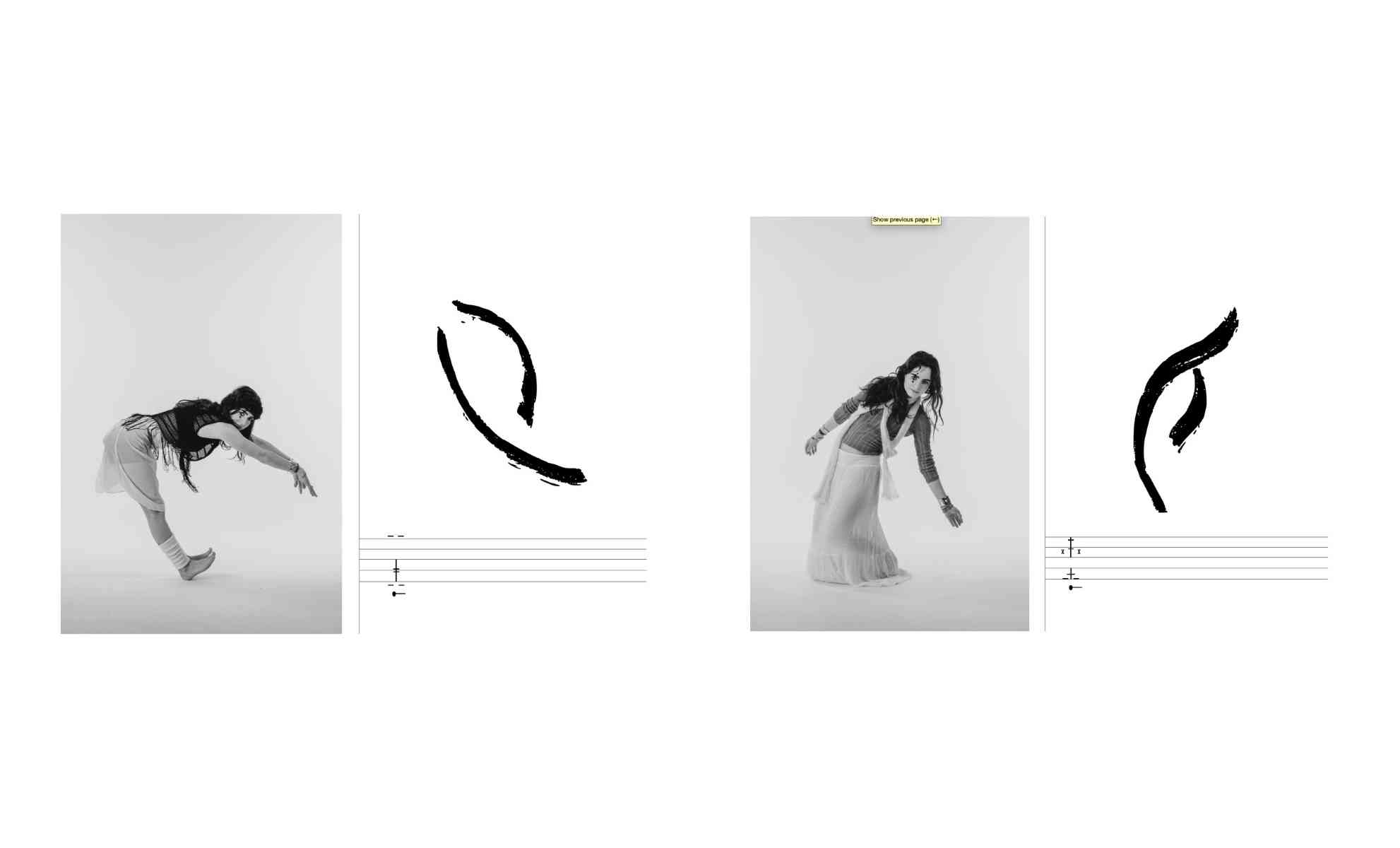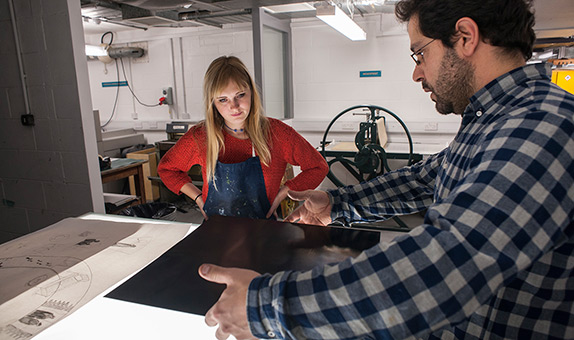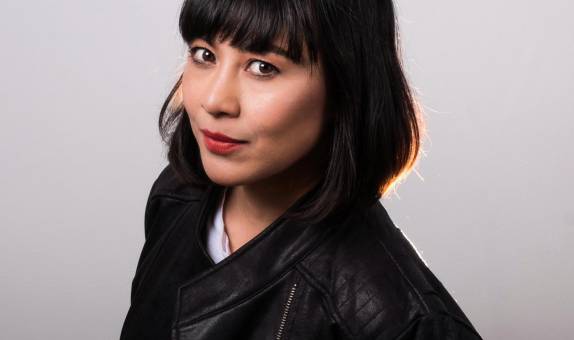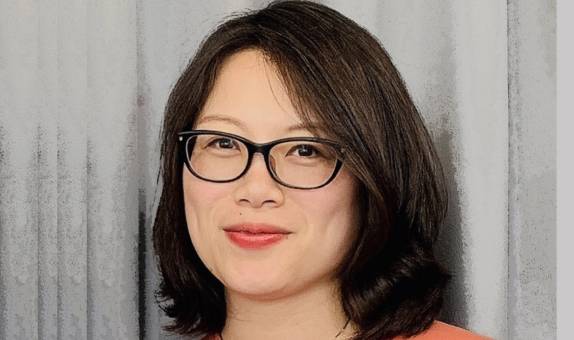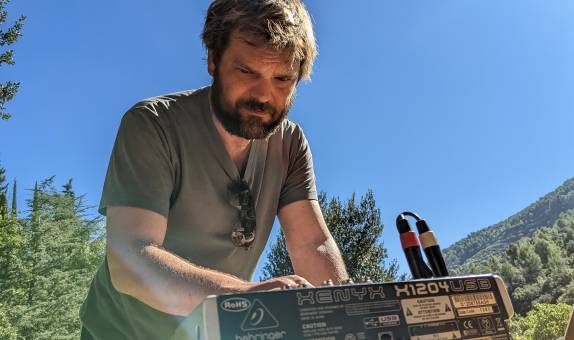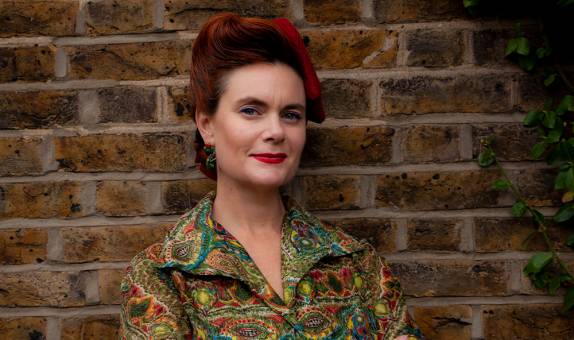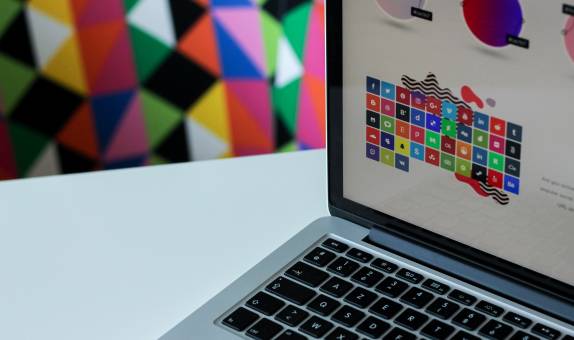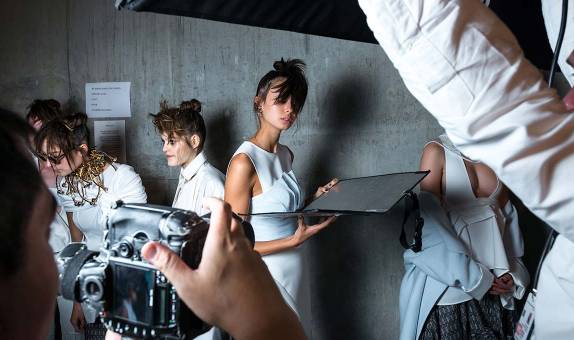Creative and Cultural Industries: Art Direction BA (Hons)
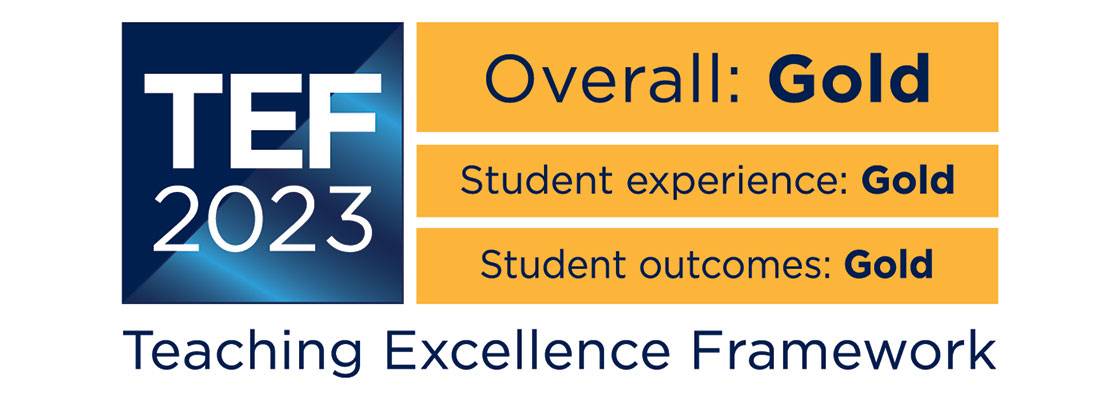
Teaching Excellence Framework (TEF) Gold award
Our commitment to high quality teaching has been recognised with a TEF Gold rating. The University has received an overall rating of Gold, as well as securing a Gold award in the framework's two new student experience and student outcomes categories.
Why choose this course?
This course prepares you for a career in art direction in the creative industries. You will develop practical, conceptual and analytical skills in visual communication to create effective advertising and visual identities for organisations and projects.
You will learn to visualise, collaborate, experiment and project manage as you work on real-world projects with other students and industry professionals. You will also develop your knowledge of the creative industries, exploring topics such as design thinking, branding and strategy for creative organisations. You will have creative freedom and be encouraged to undertake non-commercial creative projects.
You'll also have lots of opportunities to work on live projects with creative companies and institutions, as well as being able to work with your classmates in our student-powered creative agency, Studio KT1.
Throughout the course you'll also develop the commercial and organisational skills and understanding needed to work effectively in the creative and cultural sector.
For examples of what our students are up to on the course, check out our Insta.
| Attendance | UCAS code/apply | Year of entry |
|---|---|---|
| 3 years full time | P990 | 2025 |
Please note: Teaching on this course may take place on more than one KU campus.
This course is now full for 2024 entry – please apply for 2025 entry.
For 2025 entry, please submit your application before the UCAS deadline as this course may not be in a position to consider applications submitted after this date.
| Main Location | Kingston School of Art, Knights Park |
Reasons to choose Kingston
- Kingston University was ranked No. 2 in London and Top 10 in the UK for Media & Film Studies in the Guardian University Guide 2024.
- Becoming part of our creative agency, StudioKT1, you'll gain practical experience, working on exciting paid live briefs from companies such as Unilever and Mozilla Foundation.
- Kingston School of Art's industry-standard, cutting-edge workshops, studios and making spaces are accessible to all students.
- Facilities include world-class 3D workshops, digital media labs, printmaking, film and photography facilities. Kingston has an ethos of Thinking Through Making.
The Art School Experience
As part of Kingston School of Art, students on this course benefit from joining a creative community where collaborative working and critical practice are encouraged.
Our workshops and studios are open to all disciplines, enabling students and staff to work together, share ideas and explore multi-disciplinary making.
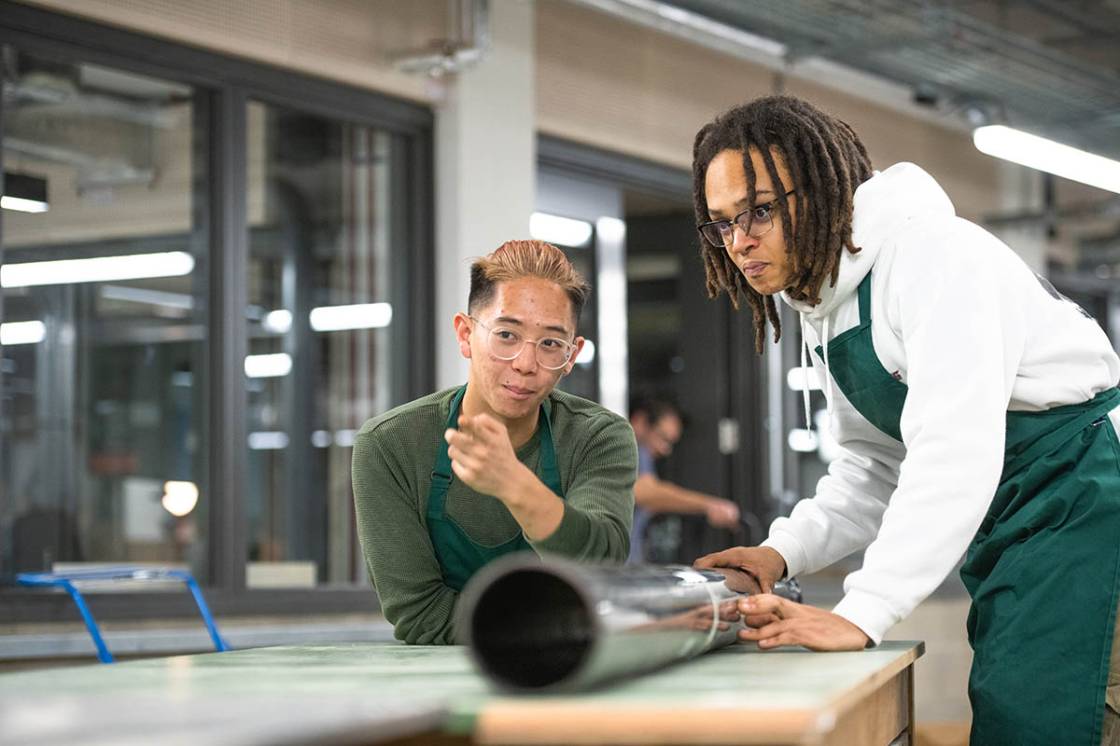
What you will study
This Art Direction degree develops visual communication skills and enhances your creative judgement. You will manage creative projects and learn how to deliver the visual language of an organisation or client's advertising or content needs. Through a combination of in-house and live briefs you will discover your creative self and your future role in industry.
Year 1
Year 2
Optional Year
Year 3
Year 1 is common to all our creative and cultural industries courses. You will explore visual communication techniques, use of design software, storytelling and design thinking. You will learn individually and as part of a team of creative partners and professionals. You will examine the management and strategy of creative enterprises, and the history and development of art and design practice.
Core modules
Creative Journeys
30 credits
This module builds the skills and understanding needed to create and deliver effective visual and verbal communications. Students will be introduced to theories on perception and communication and will apply them to the analysis of persuasive visuals used in visual communications. Students are simultaneously introduced to a fundamental set of conceptual and practical tools.
Practical project tasks will give students the opportunity to develop or enhance their industry standard software skills, supported by our technicians. Through the creation of visual concepts, video narratives, content creation for social and experimentation with emerging platforms, students will explain the possible visual identities of an event, campaign, or product. Students will learn to examine and redefine problems through close observation and investigate the use of empathy with users. User experience, interface design and prototyping are used to enhance the quality of communication and the explanation and sharing of ideas.
A basic understanding of image creation, editing and outputting via industry standard software students, supported by technicians in the Digital Media Workstation. Emphasis is not placed on the technical execution of visual outcomes (layout, designs, social media content, posters) but on the relevance to the brief, effectiveness and originality. Students will be encouraged to select appropriate media to support their visual stories so they could use a range of 2D/3D work (graphic, video, photo, illustration) or VR (Virtual Reality), AR (Augmented Reality), XR (Mixed Reality) and other immersive and emerging technologies depending on the skill and interests of the student.
Navigating Industry
30 credits
This module will introduce you to Future Skills through engagement with Navigate. It will enable you to begin to develop your professional identity and global citizenship, by promoting your understanding of ethical issues and values, design thinking, and commercial awareness. These concepts and associated activities will support you to plan your own personal and professional development, as a means of developing your creative practice. This will be supported through active engagement with Navigate, and through personal development planning (supported by Personal Tutors), which will enable you to reflect upon your Future Skills graduate attributes. It will also enable you to reflect on and begin to evidence your understanding of the skills you are developing holistically; through all the work you are creating as part of your course.
You will learn to write in professional contexts (writing to industry figures via email or LinkedIn messaging), creating your own profile on networking sites. The module will focus on writing in number of professional contexts and you will practise using a range of techniques and strategies to produce professional documents.
Through the creation of a Podcast you will explore industry sectors and roles and issues around Equality, Diversity and Inclusion and begin engaging with industry figures and bodies, learn how to interview, record and create engaging audio stories and begin to define your own place in the Creative Industries.
Thinking about ideas
30 credits
This module enables students to create a critical, historical, ethical and theoretical framework within which to investigate and understand practices of creativity in relation to art, design and culture.
The module explores the connections between creativity and social and cultural change by focusing on a variety of case studies both historical and contemporary. It will place emphasis on the ways in which significant moments in cultural history, and the creative products and solutions that emerge from them, have been shaped by the input of multiple stakeholders who inhabit a variety of positions from artists and designers to muses, theoreticians, patrons and engineers. The module will examine ethical issues that emerge around cultural and creative practices and theory.
With a close focus on analysis of key case studies, a series of lectures, seminars, workshops, and tutorials will support students' own emerging research interests and encourage the development of their historical knowledge, critical thinking and research skills.
The module thus helps students to make sense of the ethical concerns emerging in their own disciplines and to take a critical and analytical view of their own ideas, motivations and interests and how these views can translate into commercial project work.
The module will actively engage with visual and physical material. Seminars will also enable students to discuss key readings, and connect themes to their particular interests. Where possible, study visits, guest speakers, hacks, and screenings will be scheduled throughout the module.
As students progress they will be able to translate their concepts into outputs across video, music, social media content and reacting to theoretical content as and how their creative interests take them.
The Tools of Writing
30 credits
This module explores different types of writing (academic, commercial, creative) and how the meaning and form is changed depending on the chosen audience. The mechanics of writing (drafting, editing) are paired with briefs that explore your ability to write reflectively about your creative work, to write commercially (copywriting, editorial), to bring writing into your creative practice (stories, poetry) and how to use prompts and conversational text to inform Artificially Intelligent creative tools. You will explore the ethics surrounding the use of these technologies and issues around copyright and plagiarism that arise from the use of these technologies.
This module is designed to familiarise students with a range of rhetorical strategies, aesthetic techniques, redrafting and editing skills, while also providing the opportunity to practise writing and editing in a number of commercial, creative and academic forms. You will be introduced to key techniques for writing effectively and will develop your ability to identify strengths and weaknesses in writing by reading and responding creatively to texts in each form.
This module focuses on writing techniques that will be explored through workshops and lectures. The impact that language choices make on the effectiveness of writing will lead on to the discussion of audience, social context, identity and voice.
Year 2 examines art direction in depth. The modules and projects will develop your skills and understanding of what art direction brings to creative enterprises. This will include interpreting briefs and transforming the ideas of a company into a coherent visual identity to communicate with key audiences.
You will study conceptualisation and visualisation, visual narratives and storyboarding, artwork commission, branding, entrepreneurship, managing risk, project management and strategy.
You can choose to apply for a summer internship at the end of Year 2 to gain valuable experience and increase your employability.
Core modules
Art Direction
30 credits
This module aims to build understanding of the role of an Art Director in the conceptualisation and development of advertising, communication, content creation and branding messages for a business, institution or movement. The module will further develop theories of visual communication and graphic design skills introduced in HA4301 and HA4302 and explore the structure, processes and practices of the advertising sector. The focus within the module is on the visual appearance of advertising 2 or content (print, digital and video) and how the intended moods, information, concepts and values are translated into print, still, video and VR/AR work.
Customer Mindfulness
30 credits
This module is intended to establish the importance of the customer or end user during the production of your creative work. This is not necessarily a given as when work includes aesthetic, craft or technical codes, values and stakeholders there can be powerful alternative interests and requirements. Creative producers need to balance, determine possible areas of trade-off and occasionally deny or defend against commercial or cultural considerations. This module therefore problematises the cultural consumer, investigates their needs and behaviours, and analyses and discovers how (interactive) communication can be established with them, including consideration of ethical practices within the sector. A multi-channel perspective will be adopted with particular emphasis on digital consumer decision journeys and the creation of social media brand advocates.
Creative Project Management
30 credits
This module introduces you to the principles and practices of project management. You will have had some limited experience of working in projects during the Design Thinking (HA4303) module and will be able to use this as recognition of the need and benefits to developing skills in this aspect of creative professional practice. Much work in the Creative Industries is organised in projects and many creatives work as freelancers or in small agencies operating in a project based manner. Project management involves the identification and organisation of resources, aligning them to milestones and objectives so that at the completion of the project the outcome is valued by the client and the project team generates a return on their effort. While it is the case that creative projects share similar characteristics to those intended to be run by methodologies such as Prince2, they are also different. The module explores this difference and aims at providing an approach and encouraging attitudes to their organisation that will enable creative projects to be better managed.
Live case study
30 credits
This module provides you with an opportunity to apply your developing understanding of creative problem solving to real-world examples of problem conceptualisation, research and solution design. It will draw on the skills and problem solving techniques developed in the Visual Narrative and Design Thinking (HA4301) modules and the Creative Project Management (HA5305) module. Its main objective is to create a situation requiring professional level of interaction and the application of creative and design skills to the creation of a solution. This will prepare you for when you need to create and sell ideas into companies either for an agency or as a freelancer. Cases will be selected according to their relevance to each degree. Two scenarios are expected. One, the case will involve aspects of each degree and can be tackled by all students. Two, separate cases will be found to match each degree. Each organisation will bring a live or ‘as live', project for you to work on and produce a solution. The ‘liveness' of the project refers to the fact that it is a current issue that the organisation is currently experiencing and that you are working on a problem that therefore could contribute to, or change, how the organisation responds.
You have the option to take an additional year to study abroad.
Year 3 examines art direction in depth.
You will study cultural entrepreneurship and explore ways of building a sustainable independent career. You will further your knowledge and skills around art direction
The major project in your final year will be a visual project, business or marketing plan, or consultancy project for a company.
You will research and identify a current challenge around art direction and provide visual communication solutions that are tailored for the chosen audience. You will be challenged and guided by your supervisors to achieve your potential.
Core modules
Art Direction 2
30 credits
This module deepens your understanding of the role and practices of an Art Director in advertising introduced in HA5301. In this module, the task of translating messages and moods, benefits and values is extended to that of the design of a fully integrated campaign. This module will allow you to experiment with a core advertising campaign message and produce a number of visual, typographical, editorial, social or content ideas that all adhere to the same core messaging
You will be provided conceptual frameworks through which to critically analyse integrated 360 campaigns, further explore how emerging technologies such as Snapchat Spectacles and Ad Blocking software are changing the advertising landscape. Narrative and digital. Practical projects involving the creation of prototype integrated advertising campaigns which will give students the opportunity to explore the practices and theories of producing concepts and content across multiple channels (social, TV, online, digital, experiential, immersive). The module will investigate how the multi-channel nature of advertising strategies affects the design of the message.
Culturepreneurship
30 credits
This module explores what attitudes, skills and activities equip the entrepreneur in the Creative and Cultural Industries with the resources and decision-making skills to survive and thrive. It takes the term culturepreneur - originally one of derision, and problematises the distinctive features of enterprising people and teams that attempt to craft desirable value propositions for their users or customers while at the same time ensuring they capture sufficient revenue and build and deploy necessary reputational capital. The module is not intended to be a business planning module as though there maybe cases where enterprises are conceptualised and pitched it is also the case that entrepreneurship is a broader concept concerning the creation and execution of creative projects that involve enterprising or new formulations of value. In these cases ideas still need to be conceptualised, prototyped, resources identified and won.
The Major Project
60 credits
This is the programme's capstone module, a double weighted individual piece of work that provides an opportunity for you to consolidate and apply previous knowledge gained and skills acquired during your degree. It will be an opportunity to develop and express your creative self, demonstrated through the production of a major enquiry into and response to an issue experienced by people and organisations operating in the creative industries. The work will be theoretically informed and practically orientated and be relevant to the field of your degree; either Art Direction, Curation Exhibition and Events or Design Marketing.
Gallery of student work
Future Skills
Knowledge to give you the edge
Embedded within every course curriculum and throughout the whole Kingston experience, Future Skills will play a role in shaping you to become a future-proof graduate, providing you with the skills most valued by employers such as problem-solving, digital competency, and adaptability.
As you progress through your degree, you'll learn to navigate, explore and apply these graduate skills, learning to demonstrate and articulate to employers how future skills give you the edge.
At Kingston University, we're not just keeping up with change, we're creating it.

Student work
Our students have just completed a project with Veolia, The Giving Bear, which is a life-size light sculpture of a polar bear, made from reused plastic bottles. It is installed in central London, to highlight many important messages on climate change and homelessness.
Frida Skoglie is a current student who has enjoyed working on live briefs as part of this course:
"Live case studies have given me the chance to work with real clients. We got the chance to work on a group project and an individual project. We had very different clients with varying expectations, which was very interesting.
"Working in a group really taught us the importance of planning and delegating. The amount of time we spent on creating a good brief and timeline really came in handy later. We ended up creating different roles within the group, to make it all work. The group project gave us the chance to use everyone's individual talents, and also to explore and challenge ourselves.
"One of the key things we learned was communicating with the client, always going back to their initial brief. This way we kept ourselves grounded and focused on the outcomes the client was looking for.
"The part of the project we might have learned the most from was the final pitch: taking all the work we had done, and presenting it to the client in a good way, clearing showing our concepts and ideas. Before I started studying here I had no idea how much work goes into a good pitch. Working with real clients makes the whole project more interesting and serious. Knowing that you can use this on your CV is another motivating aspect. I feel like it prepares us for working in the creative industry more than a fictional brief does. Getting this type of responsibility as university students really gives us the chance to show how professional and dedicated we can be."
Entry requirements
Gallery of student work
Teaching and assessment
Scheduled learning and teaching on this course includes timetabled activities including lectures, seminars and small group tutorials.
It may also include critiques, project work, studio practice and performance, digital labs, workshops, and placements.
Fees for this course
Additional costs
Depending on the programme of study, there may be extra costs that are not covered by tuition fees which students will need to consider when planning their studies. Tuition fees cover the cost of your teaching, assessment and operating University facilities such as the library, access to shared IT equipment and other support services. Accommodation and living costs are not included in our fees.
Where a course has additional expenses, we make every effort to highlight them. These may include optional field trips, materials (e.g. art, design, engineering), security checks such as DBS, uniforms, specialist clothing or professional memberships.
Facilities
You'll use our studio spaces and facilities to experiment and explore new ways to push the boundaries of projects and open discourse across disciplines. Collaborative and multi-disciplinary teamwork is actively encouraged between students, across faculty courses, international institutions and with industry.
Throughout the course, you'll be encouraged to explore and develop expertise in current design approaches, techniques, media, and application including branding, editorial, interactive design, packaging and 3D design, advertising, information design, digital moving image, sustainable and experiential design. Skills and techniques such as typography, photography, moving image, printmaking, rapid proto-typing, analysis and research, human factors, presentation, interactive and graphic software all support project work by helping realise solution-led ideas.
After you graduate
By the time you graduate, you'll be ready to apply your expertise to the creative industries, combining your understanding of art and design with your knowledge of commercial practices.
Key information set
The scrolling banner(s) below display some key factual data about this course (including different course combinations or delivery modes of this course where relevant).
Course changes and regulations
The information on this page reflects the currently intended course structure and module details. To improve your student experience and the quality of your degree, we may review and change the material information of this course. Course changes explained.
Programme Specifications for the course are published ahead of each academic year.
Regulations governing this course can be found on our website.



